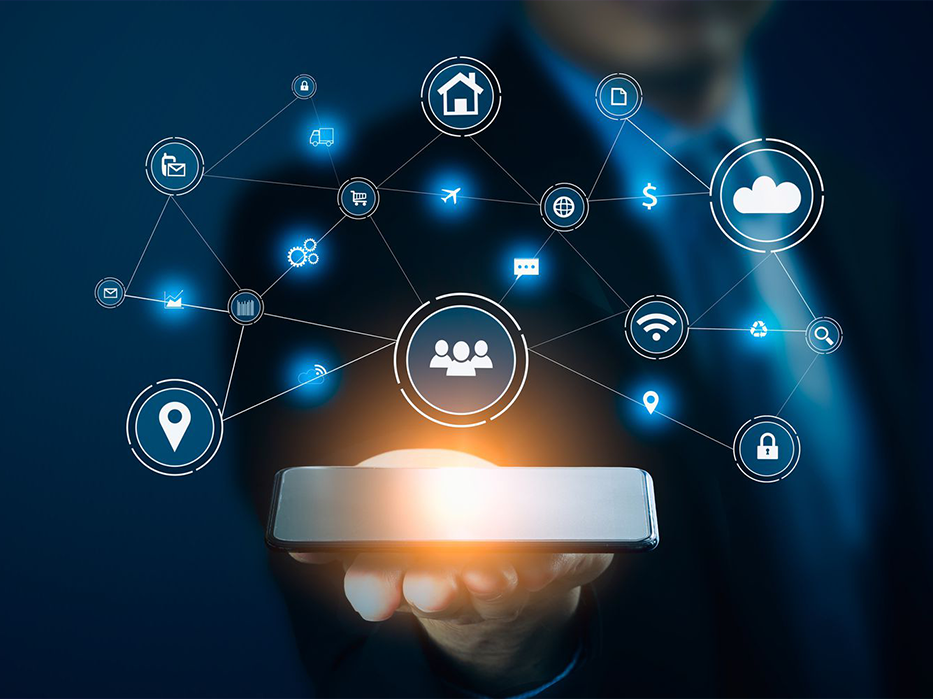Edge computing is a paradigm shift in the way we handle and process data, moving away from the traditional centralized cloud computing model. Instead of sending data to distant data centers for processing, edge computing brings computing power closer to the source of data—right at the “edge” of the network. This approach is particularly beneficial in scenarios where real-time processing, low latency, and reduced bandwidth usage are critical.
Key Concepts in Edge Computing:
- Proximity to Data Sources: Edge computing places computing resources closer to where data is generated. This can be in devices like smartphones, sensors, IoT devices, or even local servers. By processing data at or near the source, edge computing reduces the need to transfer large amounts of data to central servers, resulting in faster processing and decision-making.
- Low Latency: In many applications, such as autonomous vehicles, industrial automation, and augmented reality, the speed at which data is processed and decisions are made is crucial. Edge computing reduces latency by processing data locally, allowing for near-instantaneous responses.
- Bandwidth Efficiency: With the exponential growth of data generated by IoT devices, sending all this data to a central cloud can be inefficient and costly. Edge computing helps in reducing the amount of data that needs to be transmitted by processing and filtering it locally, sending only the most relevant information to the cloud.
- Enhanced Security and Privacy: By keeping sensitive data closer to its source, edge computing can enhance data security and privacy. It reduces the risks associated with transmitting sensitive information over long distances and allows for localized compliance with data protection regulations.
- Scalability: Edge computing complements cloud computing by offloading processing tasks from the cloud to edge devices. This allows for more scalable and flexible computing architectures, where tasks are distributed across various edge nodes.
Applications of Edge Computing:
- Autonomous Vehicles: Edge computing enables real-time data processing from sensors and cameras, which is essential for the safe operation of autonomous vehicles. Decisions like obstacle detection and route planning must be made in milliseconds, which is only feasible with edge computing.
- Smart Cities: Edge computing plays a crucial role in smart city initiatives, where data from traffic cameras, environmental sensors, and other IoT devices need to be processed in real-time to manage resources efficiently and respond to events swiftly.
- Industrial IoT (IIoT): In manufacturing, edge computing is used to monitor and control equipment in real-time, enabling predictive maintenance and reducing downtime. Edge devices can process data locally and trigger immediate actions, such as shutting down machinery if a fault is detected.
- Healthcare: Edge computing is revolutionizing healthcare by enabling real-time monitoring and analysis of patient data through wearable devices and smart medical equipment. This allows for quicker diagnosis and treatment, particularly in critical care situations.
- Retail: Retailers use edge computing to enhance customer experiences through personalized marketing, real-time inventory management, and smart checkout systems. Processing data at the edge ensures quick responses to customer needs and helps optimize operations.
Challenges and Considerations:
- Infrastructure Costs: Implementing edge computing requires investment in local infrastructure, such as edge servers, devices, and networks. Organizations must balance these costs against the benefits of improved performance and efficiency.
- Data Management: Managing data across multiple edge nodes can be complex, particularly in terms of synchronization, consistency, and storage. Developing robust data management strategies is crucial for effective edge computing implementations.
- Security: While edge computing can enhance security, it also introduces new challenges, such as securing a larger number of distributed devices and ensuring that local processing environments are protected against cyber threats.
- Interoperability: As edge computing involves a diverse range of devices and systems, ensuring interoperability and standardization across different platforms and vendors is a key challenge.
Conclusion
Edge computing represents a significant evolution in the way we approach data processing, bringing the power of computing closer to the data source. It offers numerous advantages, including reduced latency, improved efficiency, and enhanced security. As the demand for real-time data processing continues to grow, edge computing is set to play an increasingly important role across various industries, transforming how we interact with and benefit from technology.





